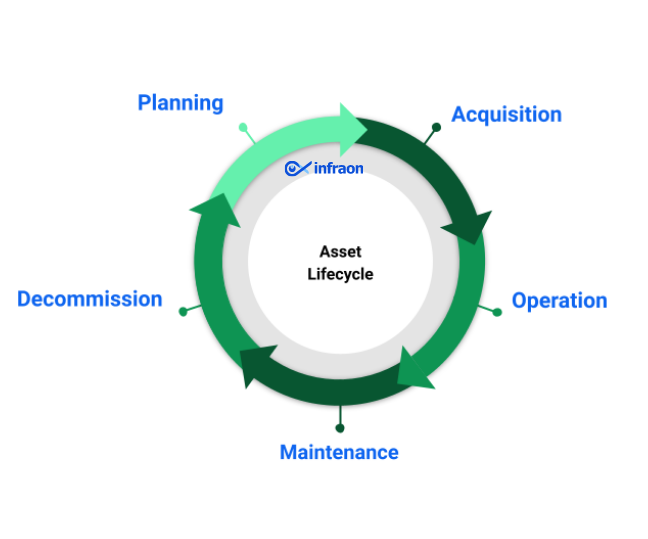IT asset management (ITAM) is a strategic process that encompasses the proactive and reactive management of an organization’s physical, virtual, and cloud-based information technology assets. ITAM aims to optimize the cost, performance, and security of an organization’s IT infrastructure while maximizing its return on investment (ROI). To achieve these objectives, ITAM programs must be designed to align with an organization’s business goals and objectives. Furthermore, ITAM programs must be able to adapt to changes in an organization’s business environment. ITAM programs must also be integrated into an organization’s overall business processes to be most effective.
Essential steps towards an effective ITAM
The first step in developing an effective ITAM program is to inventory all of the organization’s physical and virtual assets. This inventory should include all hardware, software, licenses, contracts, and other associated documentation. Once all assets have been inventoried, each asset should be assigned a unique identifier. This identifier will be used to track the asset throughout its lifecycle.
The next step in developing an effective ITAM program is to establish policies and procedures for managing each type of asset. These policies should ensure that each asset is appropriately utilized and that its value is maximized over time. Furthermore, these policies and procedures should be regularly reviewed and updated as needed to keep pace with changes in the organizational environment.
After the policies and procedures are established, the next step is to implement processes for tracking and managing each asset. These processes should provide visibility into the status of each asset throughout its lifecycle. Also, these processes should generate reports that can be used to make informed decisions about the asset’s disposition.
The final step in developing an effective ITAM program is to establish metrics for measuring the success of the program. These metrics should help track the cost, performance, and security of the organization’s IT infrastructure. These metrics should benchmark the ITAM program’s success against other programs within the organization.
However, inventory is more efficient and accurate if all assets in the network have been discovered and documented. These discovery processes require tools that scan the network and identify all the connected devices. This is where active and passive discovery come in.
Active vs. Passive Asset discovery

Active discovery is identifying and cataloging assets within an organization’s environment. This can be done manually or through the use of automated tools. The goal of active discovery is to create an accurate inventory of all devices and software within the network. Passive discovery is the process of monitoring network traffic and system logs and identifying devices and software based on their unique signatures. Passive discovery is often used in conjunction with active discovery to create a complete picture of an organization’s IT assets.
Differences between Active and Passive Discovery
- A key difference between active and passive discovery is that active discovery can be more disruptive to normal operations as it requires scanning devices and systems, which can impact performance. On the other hand, passive discovery does not require any particular configuration or scanning and has minimal impact on operations.
- Another key difference is that active discovery can provide more comprehensive results as it will identify the assets within the scope of the scan. Passive discovery, however, can only identify assets that generate some activity. This means that passive discovery may miss some assets if they are not generating any relevant activity.
- Finally, active discovery is typically more expensive than passive discovery as it requires specialized tools and staff to carry out the scans. On the other hand, passive discovery can often be carried out using existing monitoring infrastructure and so does not require any additional investment.
How do you choose the best one suited for your needs?
The debate between active and passive discovery continues without a clear consensus on the best method. Both have their advantages and disadvantages, so it depends on the specific needs of your business. You would need to consider a few aspects before making your decision.
Active discovery requires more effort up front, but it can be more thorough and provide better results. Moreover, you can target specific areas that you want to explore. Active discovery is best for businesses that have a clear idea of what they’re looking for and need to find specific information.
Passive discovery is less work upfront, but it may not be as comprehensive. It also relies heavily on luck, so you may not find what you’re looking for even if it’s there. Passive discovery is better for businesses that are just starting or exploring new areas since it doesn’t require as much planning.
To conclude
There is no right or wrong answer when it comes to choosing between active and passive discovery. It all depends on your business’s needs and goals. If you’re not sure which method would work better for you, try experimenting with both to see what gives you the best results.

















